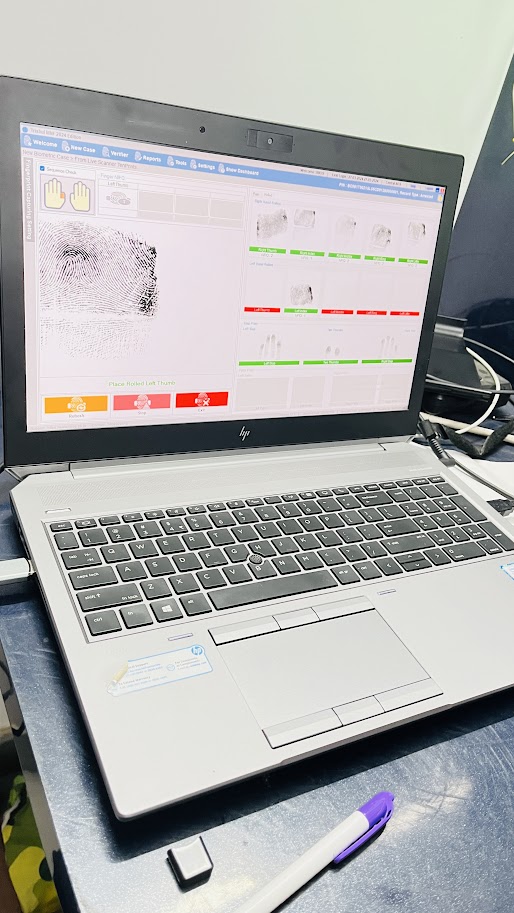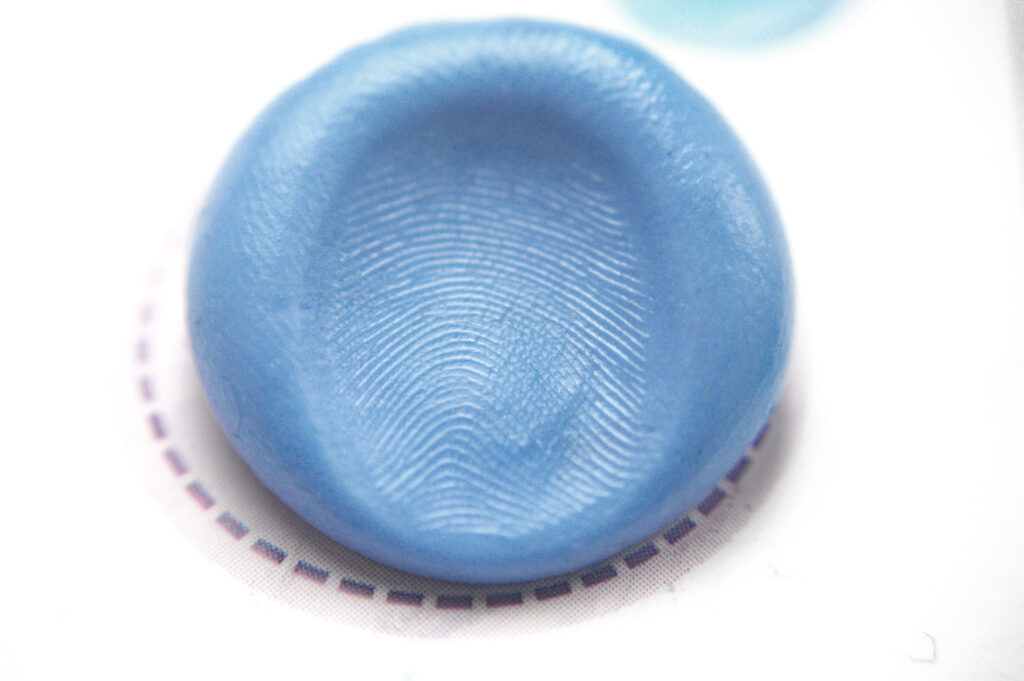-
ceo.bfi@gmail.com
Send Email
-
2C, C-6/A Block, Janakpuri, Delhi India 110058
Visit Our Office
99902-92279
Confidentiality Guaranteed
99902-92279
Confidentiality Guaranteed

Jun
“Fingerprints and Forensics: AFIS in the Battle Against Theft”

In modern forensic investigations, AFIS (Automated Fingerprint Identification System) has become one of the most effective tools for solving theft cases. Whether it is a break-in at a home, burglary at a business, or vehicle theft, AFIS helps investigators identify suspects quickly by comparing recovered fingerprints with millions of stored prints in national and local databases.
Fingerprint science, backed by the uniqueness of friction ridges, has transformed theft investigations, providing strong and court-admissible evidence that links criminals to crime scenes with exceptional accuracy.

AFIS is a computer-based system that:
Scans fingerprints
Converts them into digital patterns
Compares them to thousands or millions of stored prints
Returns potential matches within seconds
In theft cases—where speed and accuracy are crucial—AFIS helps law enforcement identify suspects even when no witnesses or video evidence exist.
Types of Fingerprints Found in Theft Cases
During theft investigations, forensic experts often recover three types of fingerprints from a crime scene:
1. Patent Fingerprints
Visible prints made by blood, grease, dust, or ink.
Example: A thief touches a glass door, leaving clear smudge patterns.
2. Latent Fingerprints
Invisible prints created by sweat, oils, and amino acids from the skin.
These usually require chemical or physical development techniques.
3. Plastic Fingerprints
Three-dimensional impressions left on soft surfaces like wax, soap, putty, or wet paint.
Plastic fingerprints often provide excellent details and help create precise digital scans for AFIS.
Each type offers valuable ridge detail that AFIS can analyze to generate accurate matches.

Latent Prints

Plastic Prints

Patent Prints
When a thief touches a surface—door handles, windows, lockers, jewelry cases, safes, electronic devices—they leave behind unique friction ridges. These ridge patterns never change throughout life, making them ideal for identification.
Forensic teams enhance, lift, and digitize these prints and submit them to AFIS.
AFIS then compares: Ridge endings, Bifurcations, Dot structures, Pore patterns, Minutiae points.
A strong match can link a suspect to the crime scene even if they have no direct connection to the victim.
Advanced Fingerprint Development Techniques in Theft Cases

When latent or plastic fingerprints are faint, smudged, or contaminated, experts use advanced forensic techniques to reveal them:
Vacuum Metal Deposition (VMD)
A highly sensitive technique commonly used on: Plastic bags, Currency, Glass, Smooth surfaces
VMD uses gold and zinc particles that bond to fingerprint residue, revealing even the faintest ridge detail. It is one of the most powerful methods for recovering evidence in theft cases involving cash, electronics, packaging, and stolen goods.
Chemical Development Using Amino Acids
Fingerprints often contain amino acids, which react with chemicals such as: Ninhydrin, DFO (1,8-Diazafluoren-9-one), IND (Indanedione)
These chemicals produce visible color changes or fluorescence, making latent prints visible on porous surfaces like paper, envelopes, cardboard, and currency wrappers—commonly found in theft and burglary scenes.
Physical Powder Dusting
Black, magnetic, or fluorescent powder is applied to smooth surfaces to highlight latent prints.
This method is widely used for: Vehicle theft cases, ATM break-ins, Locker thefts, Store burglary scenes.
How AFIS Works Step-by-Step in Theft Case Investigations
Step 1: Crime Scene Collection
Investigators dust, chemically treat, or lift fingerprints with tapes.
Step 2: Digitization
The fingerprint is scanned into high-resolution digital format.
Step 3: AFIS Analysis
AFIS compares the print to millions of records in databases like:
State AFIS, National AFIS, Criminal databases, Previous arrest records
Step 4: Human Verification
Fingerprint experts review AFIS matches to confirm accuracy.
Step 5: Linking Suspects
Matched prints help place individuals at the crime scene, strengthening legal cases.
Real-World Example: AFIS Solving a Jewelry Store Theft
In a major jewelry store theft case, a burglar broke in during the night and stole high-value ornaments without leaving behind any clear witness evidence or usable CCTV footage. However, the breakthrough came from fingerprint forensics.
During the crime scene examination, investigators recovered:
Plastic fingerprints impressed on a wax-sealed jewelry storage box
Latent fingerprints on a glass display surface
Faint ridge patterns on packaging materials and a counter surface
To enhance the prints, forensic specialists used Vacuum Metal Deposition (VMD) with gold and zinc, a highly sensitive technique capable of developing even weak or degraded ridge details. The results produced exceptionally clear friction ridge patterns for analysis.
These fingerprints were scanned into the Automated Fingerprint Identification System (AFIS), which compared them against millions of stored prints. Within minutes, AFIS identified a strong match to an individual with a prior arrest record.
Additional important forensic findings:
Multiple types of fingerprints (patent, latent, and plastic prints) were found, strengthening reliability.
Chemical development targeting amino acids on porous materials revealed supporting ridge details.
AFIS provided minutiae-based matching, confirming identity beyond reasonable doubt.
Investigators correlated the fingerprints with entry points, touched surfaces, and stolen item handling, creating a complete crime reconstruction.
The suspect was located and arrested, and a significant portion of the stolen jewelry was recovered. The case demonstrated how advanced fingerprint recovery techniques, combined with the speed and accuracy of AFIS, can solve theft cases even when traditional investigative methods fail.
Conclusion
AFIS plays a crucial role in theft investigations by combining advanced fingerprint development techniques with powerful digital comparison algorithms. Whether the evidence comes from patent fingerprints, plastic fingerprints, faint latent prints developed through vacuum metal deposition, or chemical reactions with amino acids, AFIS helps form reliable scientific connections between suspects and crime scenes.
As fingerprint science evolves, AFIS continues to be one of the most accurate, fast, and indispensable tools for solving theft cases and ensuring justice.
Call To Action

Are you interested in learning more about forensic expert or seeking professional forensic-expert services? Contact us today to inquire about our expertise.
📞 Contact Us: 9990292279
🌐 Visit Our Website: https://forensicexpertinvestigation.com/
✉️ Email: ceo.bfi@gmail.com




